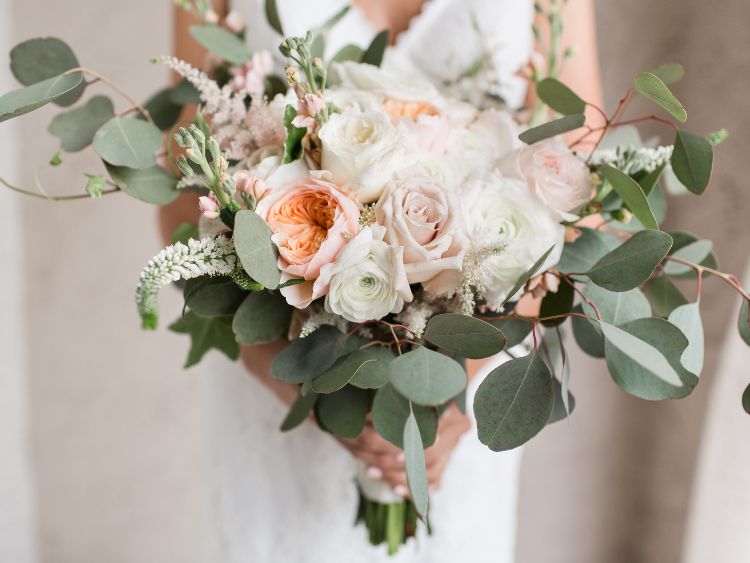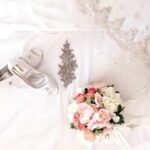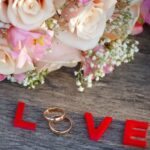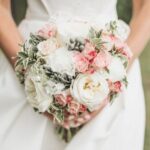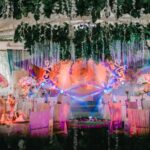Ah, wedding season! There’s nothing quite like the excitement (and slight anxiety) of preparing for a formal wedding. And when it comes to dressing up, formal wedding attire has its own set of unspoken rules. For most, deciding what’s suitable and stylish can be confusing. Should you go for a full-on tuxedo or a dark suit? Is a floor-length gown necessary, or will a cocktail dress do? Let’s break down everything you need to know about nailing your formal wedding look.
What is Formal Wedding Attire?
Formal wedding attire typically suggests a high level of dressiness, just shy of black-tie standards. But don’t be fooled! Formal still means a refined and elegant look, where sharp suits, classy gowns, and elegant details are the norm. Think timeless elegance over flashy, and you’re on the right track.
Key Components of Formal Wedding Attire
Here’s a breakdown of the primary elements to consider for achieving the perfect formal wedding look:
- Suits and Tuxedos for Men
- Tuxedo: If the wedding invitation mentions black-tie or “formal attire,” it’s often best to stick with a tuxedo. The classic black or midnight blue tux with satin lapels will always impress.
- Dark Suit: If the dress code is slightly relaxed, a dark-colored suit (like navy or charcoal) can substitute for a tux. Just make sure it’s well-fitted.
- Dress Shirt: Choose a crisp, white dress shirt—nothing too bold or patterned. A traditional turn-down collar is ideal.
- Bow Tie or Tie: Bow ties are traditional with tuxedos, but a silk necktie can work with a formal suit. Stick to black or dark tones for a polished look.
- Gowns and Dresses for Women
- Floor-Length Gown: Formal wedding attire often calls for a long, elegant gown. It doesn’t have to be overly elaborate; simple, timeless cuts in sophisticated colors are often the best choice.
- Cocktail Dress: A refined cocktail dress that hits below the knee can be appropriate for certain formal events, especially if paired with classic heels and understated accessories.
- Avoid White or Ivory: This is the bride’s color, so steer clear of it to avoid any unintentional faux pas.
- Accessories to Complete the Look
- For Men: Cufflinks, a pocket square, and polished dress shoes add a sophisticated touch. Remember, the goal is understated elegance.
- For Women: Keep jewelry subtle and elegant. Statement earrings or a delicate bracelet can add a touch of glam without overpowering your outfit.
- Shoes That Match the Formal Theme
- Men: Black leather dress shoes are a must, ideally polished to perfection.
- Women: Heels or dressy flats are preferred. Avoid overly casual footwear like sandals or wedges.
Formal Wedding Attire by Season
Different seasons call for unique approaches to formal attire, even if the general dress code remains the same. Here’s a quick guide to adapting your look to the season:
Spring
- Colors: Light grays, soft blues, or pastel shades for dresses and ties.
- Fabrics: Opt for lighter materials like linen blends for suits or airy chiffon for gowns.
Summer
- Colors: Navy, beige, or light-toned suits and gowns in soft colors.
- Fabrics: Choose breathable fabrics like cotton or linen for men’s suits and flowy materials like organza for women’s dresses.
Fall
- Colors: Rich tones like burgundy, deep green, or charcoal.
- Fabrics: Wool-blend suits and heavier fabrics like velvet or satin for gowns add warmth and elegance.
Winter
- Colors: Stick with dark, elegant colors—think black, emerald, or royal blue.
- Fabrics: Velvet and wool are excellent for staying warm while looking sharp.
Dos and Don’ts of Formal Wedding Attire
To ensure you’re perfectly dressed, here are some formal wedding attire dos and don’ts:
Dos
- Do Check the Invitation: Pay attention to any dress code specifics listed. If it’s “Black-Tie Optional,” a dark suit is fine. For “Formal,” a tuxedo or floor-length gown may be ideal.
- Do Invest in Tailoring: A well-fitted outfit always looks more polished. Make sure everything sits right, from the shoulder to the hem.
- Do Keep Accessories Minimal: Less is more when it comes to jewelry and other accessories. Choose pieces that enhance your outfit without drawing too much attention.
Don’ts
- Don’t Wear Sneakers or Casual Shoes: Even if you’re aiming for comfort, it’s essential to keep footwear formal.
- Don’t Overdo It on Colors: Bold or flashy colors can detract from the sophistication of formal wedding attire. Stick to refined shades.
- Don’t Try to Outshine the Bride or Groom: This day is about them, so let your outfit add to the elegance of the event rather than making you the center of attention.
Common Questions About Formal Wedding Attire
- Can I wear a suit instead of a tuxedo to a formal wedding?
Absolutely! A dark, tailored suit can work well for most formal weddings, especially if the dress code is “black-tie optional” or “formal.” Just make sure the suit is in a classic color like navy, black, or charcoal and is paired with a crisp dress shirt and a tie. - Are open-toed shoes appropriate for formal weddings?
Yes, open-toed shoes can work well for formal weddings, particularly in warmer months. However, the style should still look elegant and dressy. Strappy heels or peep-toes can be suitable, while casual sandals are best avoided. - Can women wear pantsuits to a formal wedding?
Yes, a well-tailored pantsuit in a dark, sophisticated color can be a great choice for women, especially for evening weddings. Look for high-quality fabrics like satin or crepe to maintain a formal look. - Is it okay to wear a cocktail dress instead of a long gown?
Yes, a classy cocktail dress that falls below the knee can work for formal weddings, especially for afternoon or outdoor events. Just ensure it has an elegant silhouette and is paired with refined accessories. - Are there any colors I should avoid?
White and ivory are traditionally reserved for the bride, so it’s best to avoid these. Additionally, some may prefer to avoid black at weddings, though it’s generally accepted for evening and formal events nowadays.
Summary
Formal wedding attire offers guests the chance to dress to the nines in elegant, timeless outfits. The key is to choose outfits that align with the dress code and enhance the event’s refined ambiance. From tuxedos and dark suits for men to floor-length gowns and tailored pantsuits for women, formal attire calls for sophistication and elegance. Stick to neutral or dark shades, minimal accessories, and polished footwear to look perfectly put-together. And remember, formal weddings are a wonderful opportunity to express your personal style within a framework of elegance.
Authoritative Sources for Further Reading
- https://www.brides.com/formal-wedding-attire
- https://www.theknot.com/formal-wedding-dress-code
- https://www.gq.com/formal-wedding-attire-tips
- https://www.vogue.com/formal-wedding-attire

